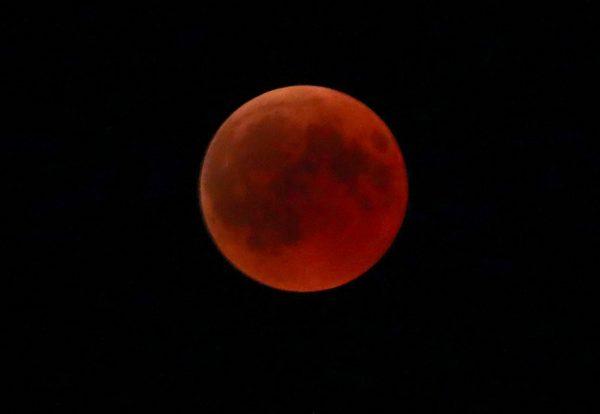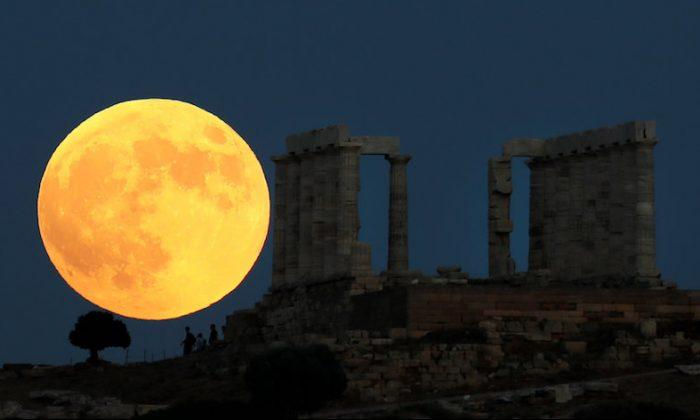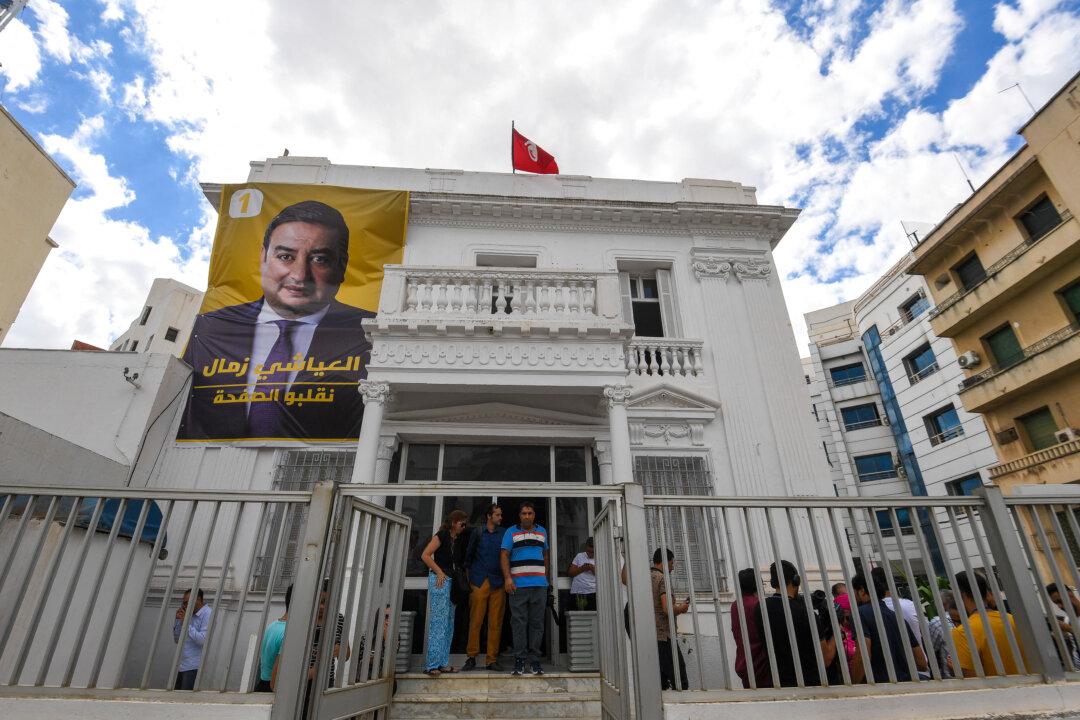NAIROBI—A blood-red moon dazzled star gazers across much of the world on Friday when the earth’s natural satellite moved into the shadow of our planet for the longest lunar eclipse of the 21st Century.
From the Cape of Good Hope to the Middle East, and from the Kremlin to Sydney Harbour, thousands of people turned their eyes to the stars to watch the moon which turned dark before shining orange, brown and crimson as it moved into the earth’s shadow.
The total eclipse will last 1 hour, 42 minutes and 57 seconds, though a partial eclipse preceded and follows, meaning the moon will spend a total of 3 hours and 54 minutes in the earth’s umbral shadow, according to NASA.
The fullest eclipse was visible from Europe, Russia, Africa, the Middle East, much of Asia and Australia though clouds blocked out the moon in some places.

Reuters photographers charted the moon’s rise across the world, from the Sheikh Zayed Grand Mosque in Abu Dhabi to the Temple of Poseidon in Cape Sounion, near Athens.
In Nairobi, Kenyans watched as the moon darkened.
“This is what life is all about: Magical moments like this,” said Teddy Muthusi as he watched from Uhuru Park in Nairobi. “It’s just beautiful. It’s well worth it.”

On the banks of India’s Ganges, temples were closed ahead of eclipse. In Singapore, enthusiasts watched through telescopes at the Marina South Pier. Hundreds of people in Australia paid to watch the eclipse from the Sydney Observatory before sunrise.
When the moon moved into the conical shadow of the earth, it went from being illuminated by the sun to being dark. Some light, though, still reaches it because it is bent by the earth’s atmosphere.
“It’s called a blood moon because the light from the sun goes through the earth’s atmosphere on its way to the moon, and the earth’s atmosphere turns it red in the same way that when the sun goes down it goes red,” Andrew Fabian, professor of astronomy at the University of Cambridge, told Reuters.
At the same time, Mars is traveling closer to earth than it has done since 2003, so some observers may see what looks like an orange-red star - and is in fact the red planet.
“It is a very unusual coincidence to have a total lunar eclipse and Mars at opposition on the same night,” said Robert Massey, deputy executive director of the Royal Astronomical Society, who watched the eclipse from the Mediterranean Sea.






